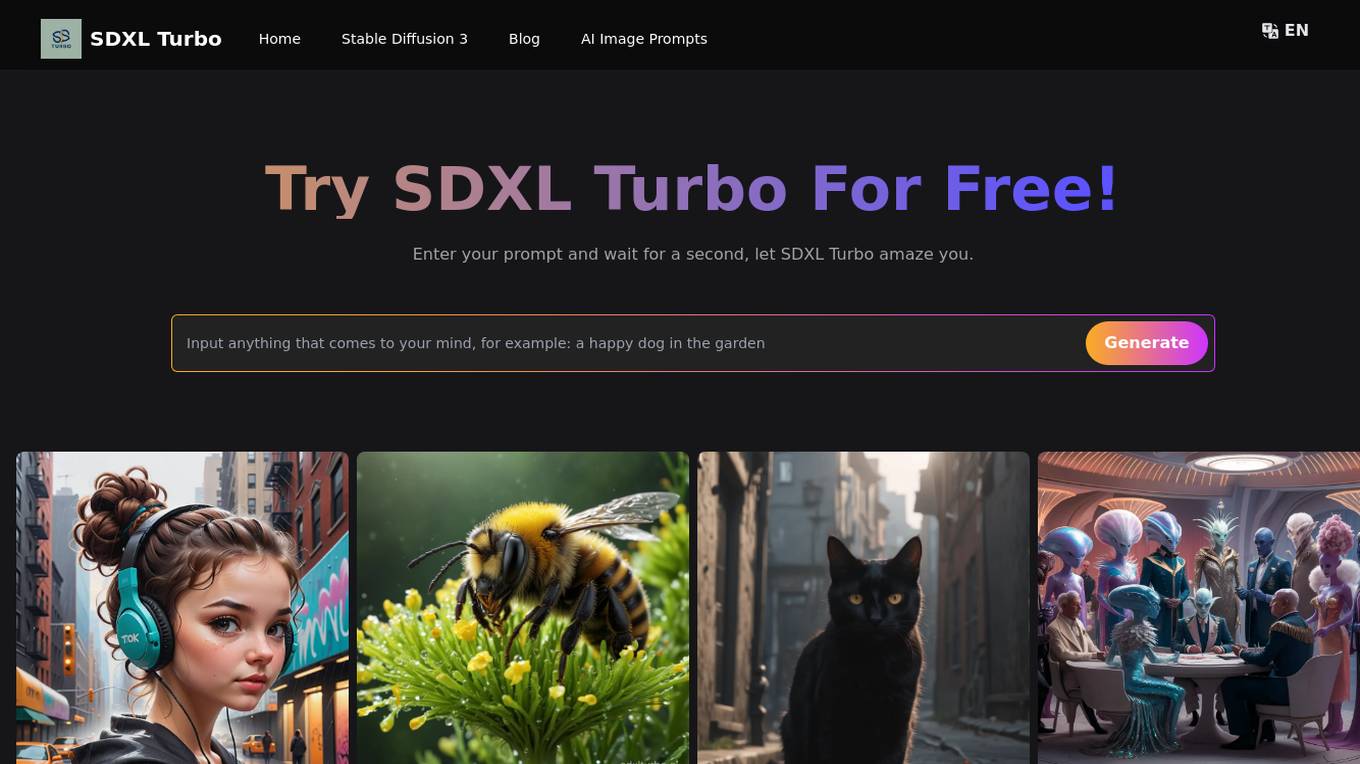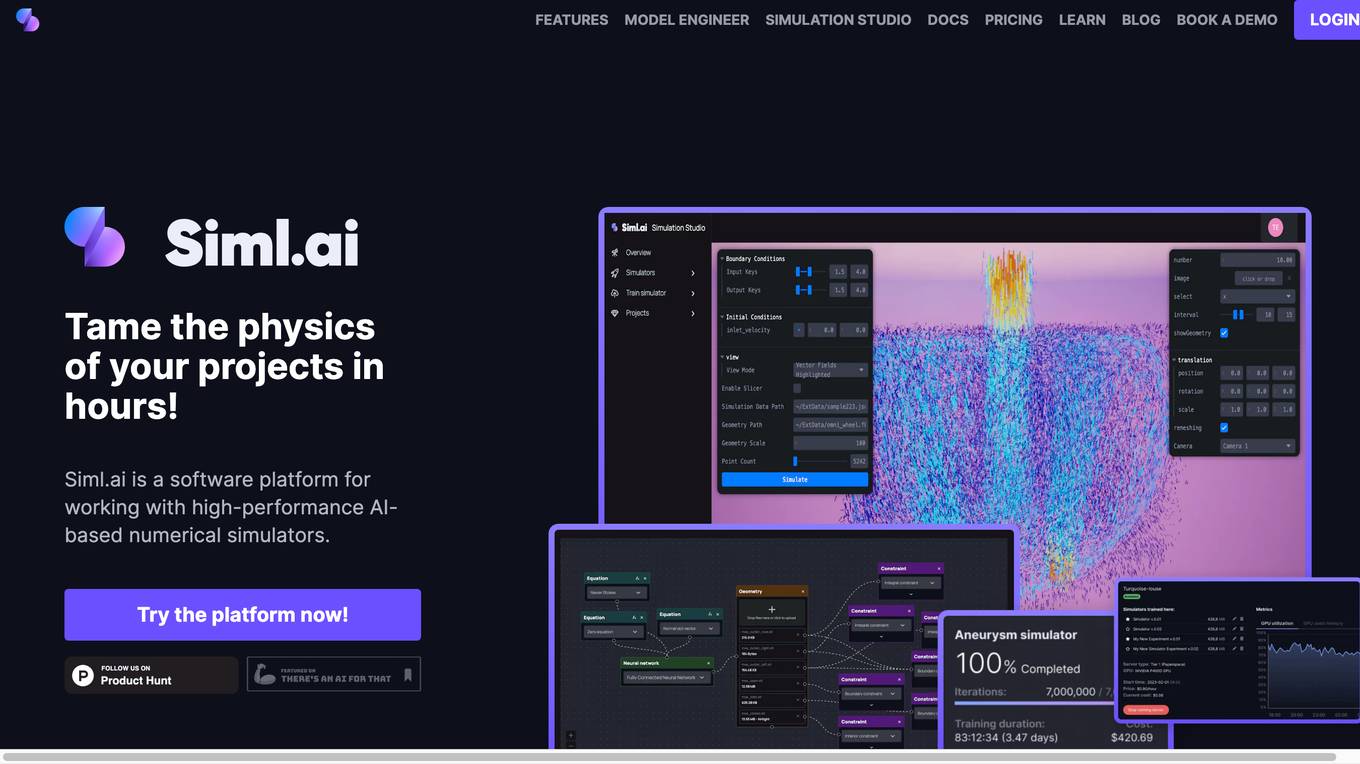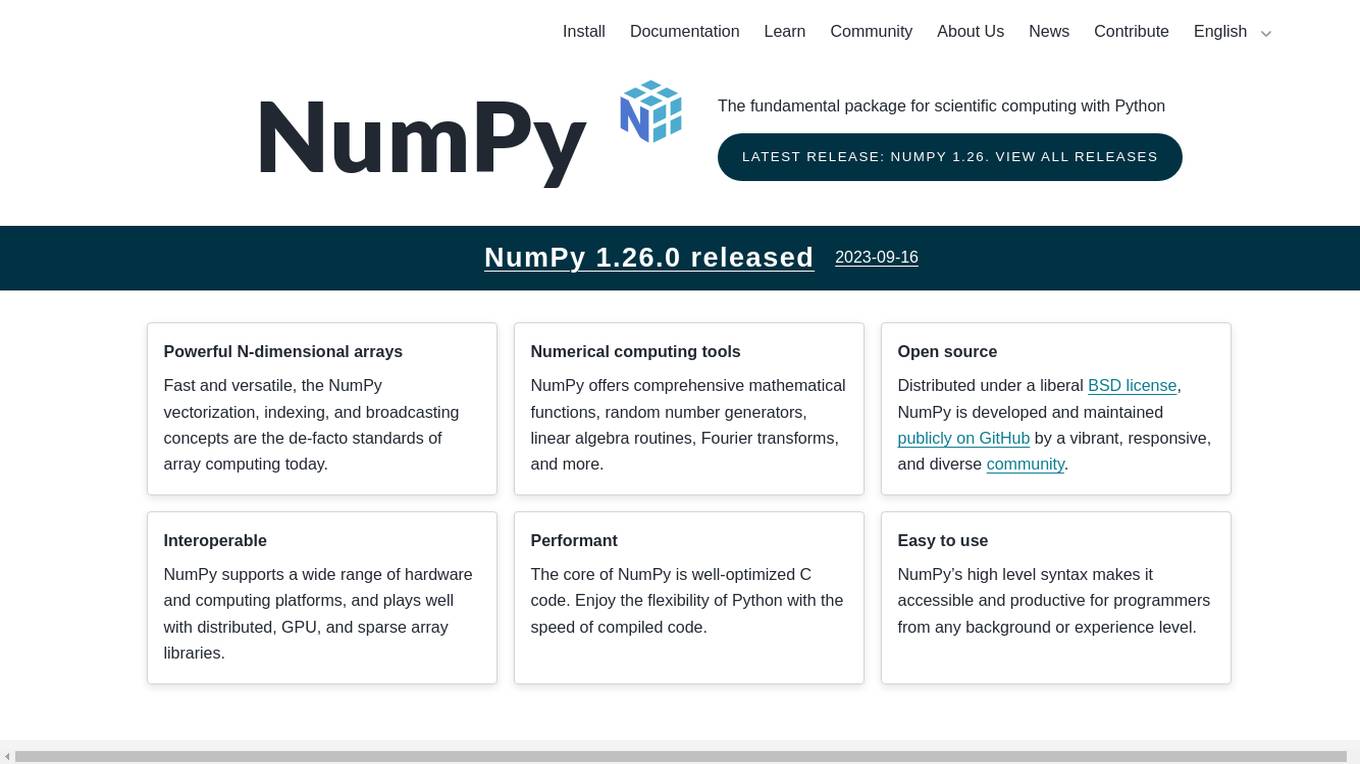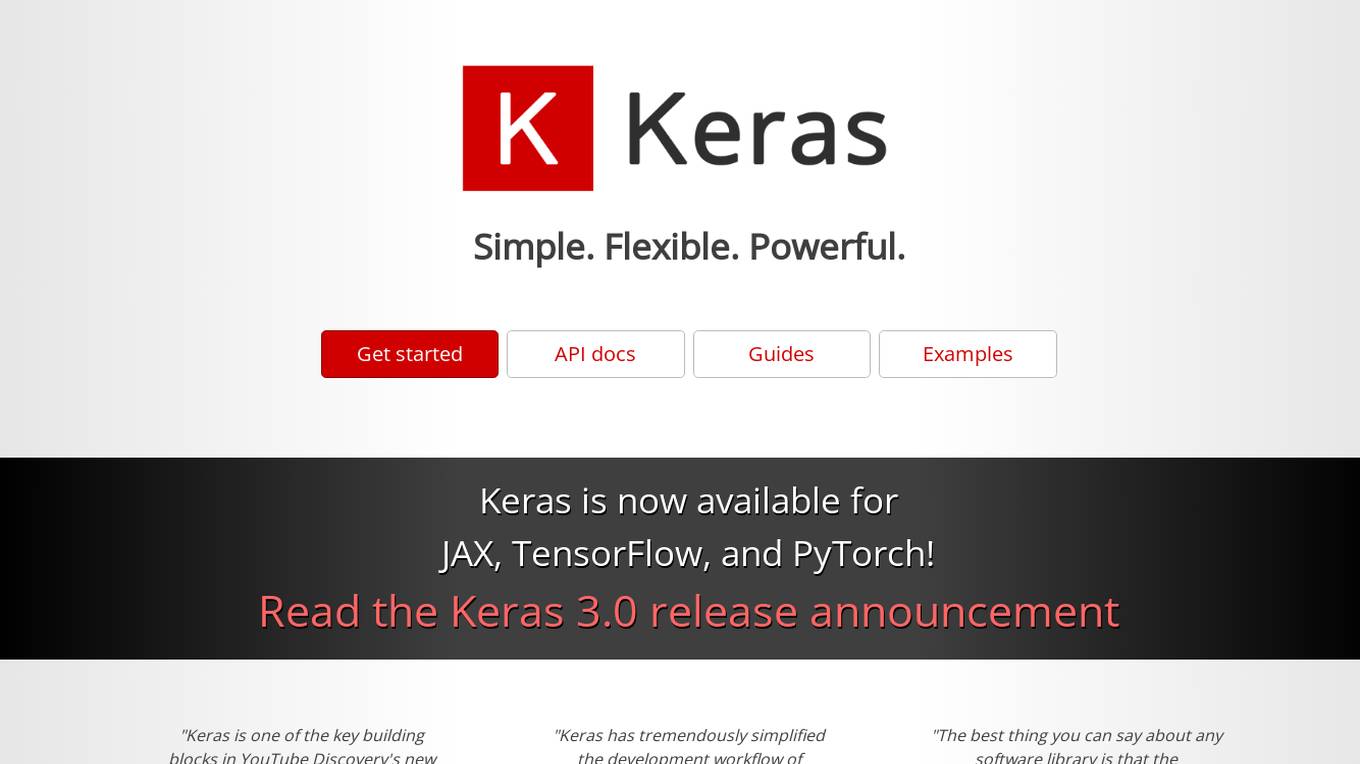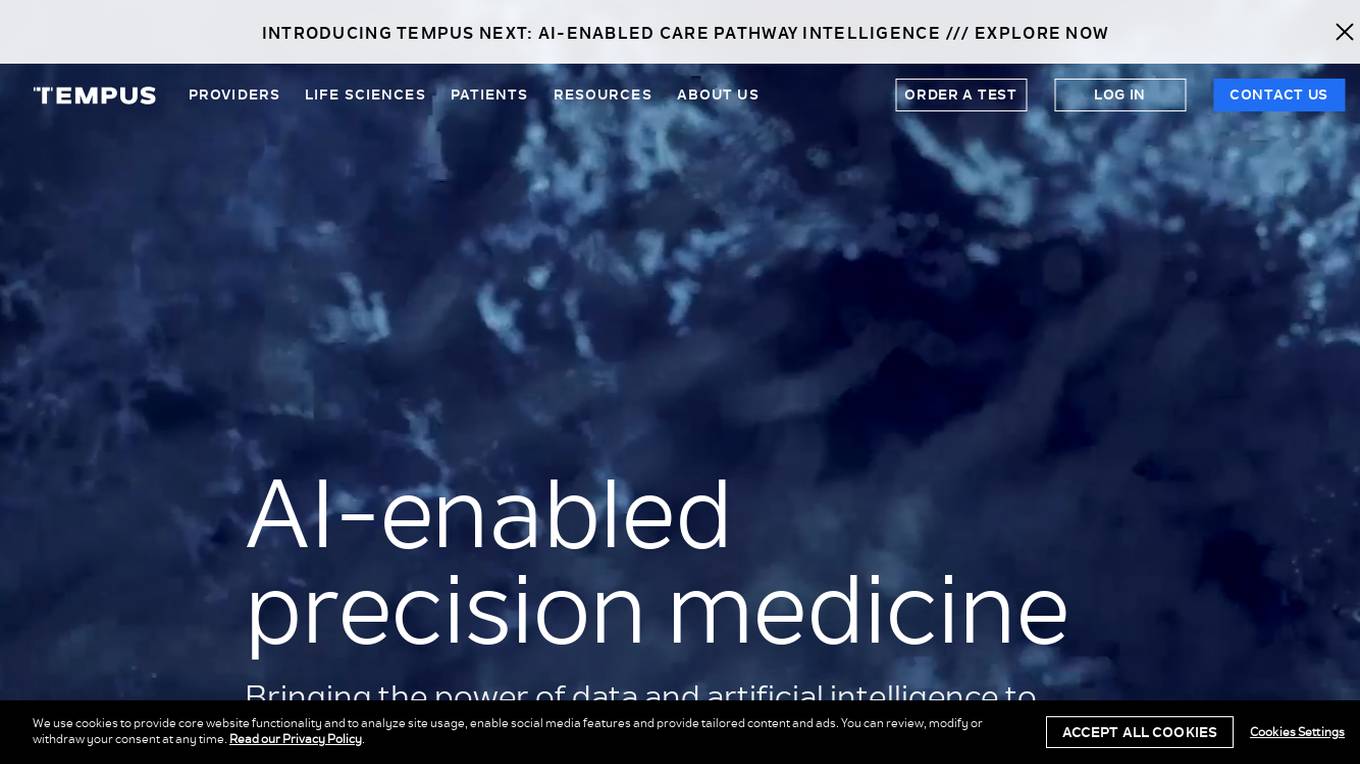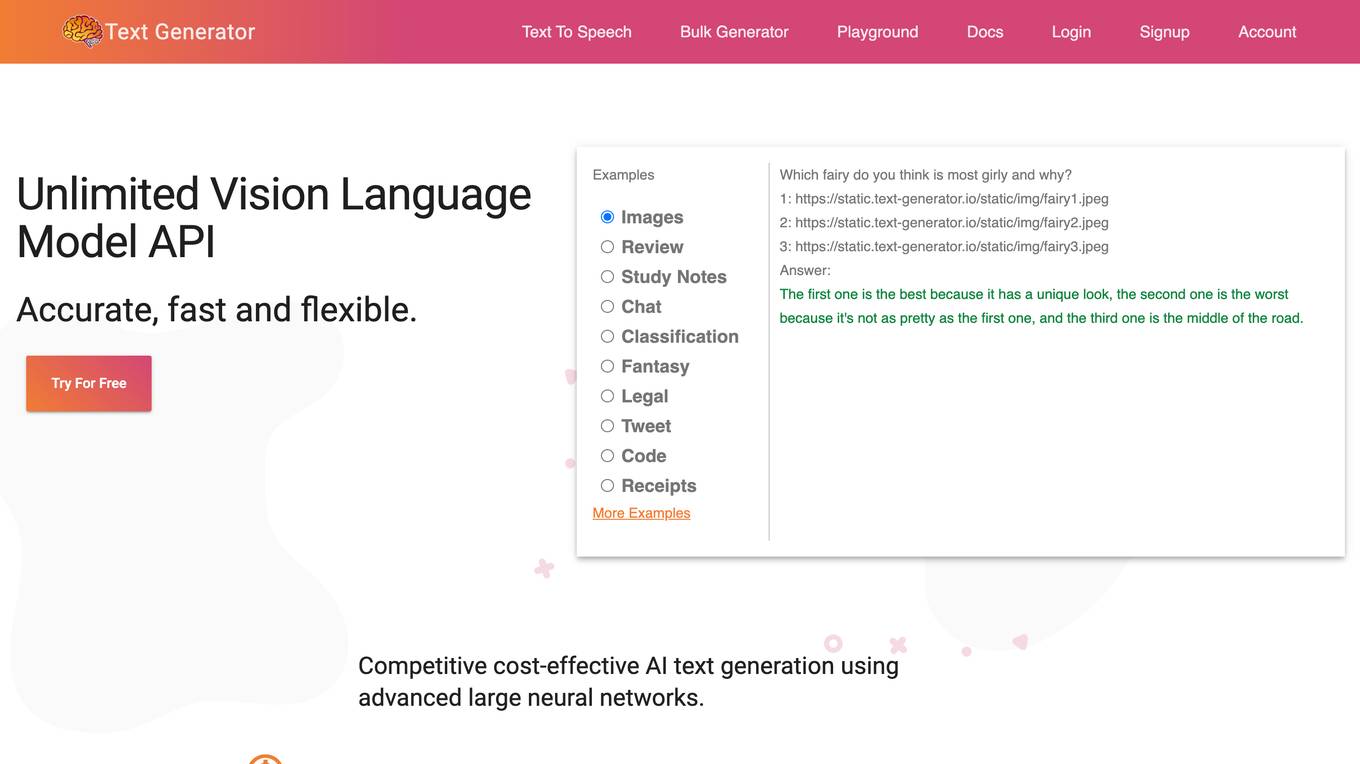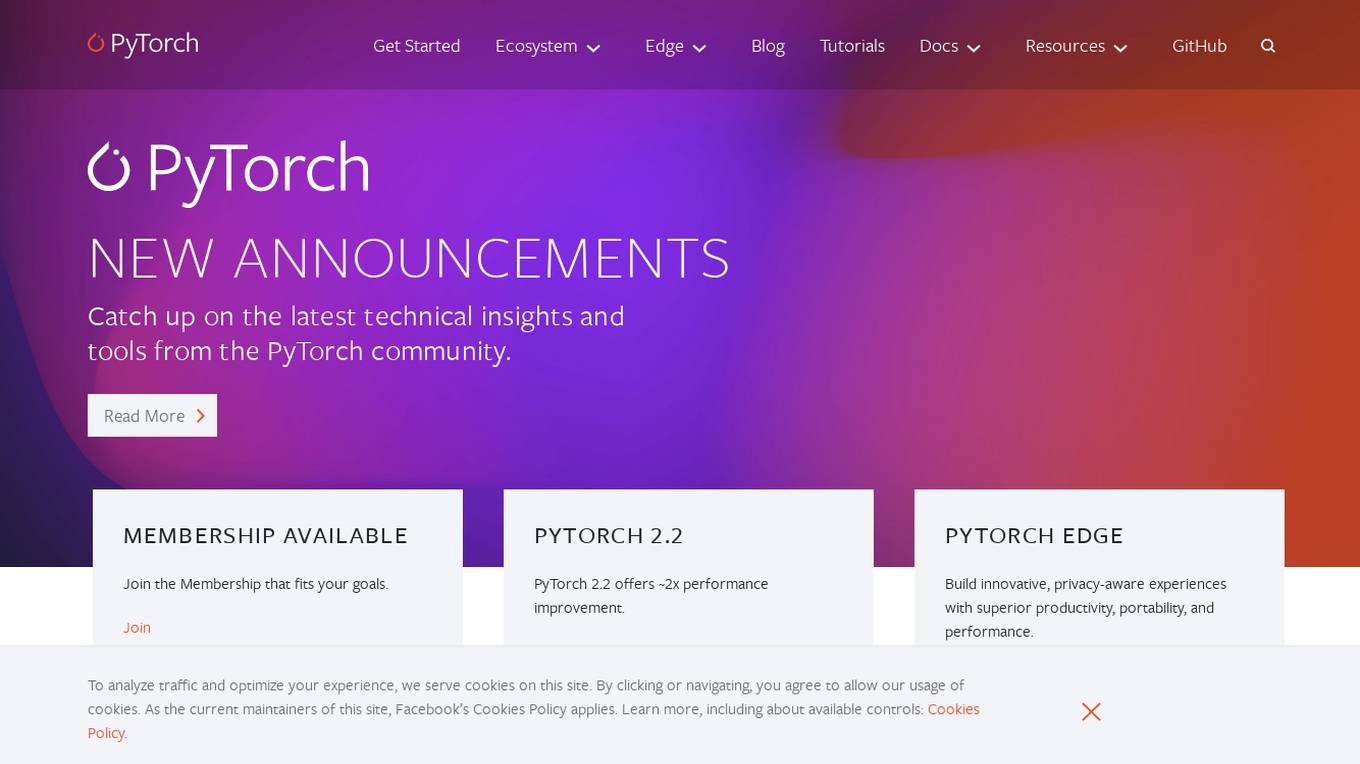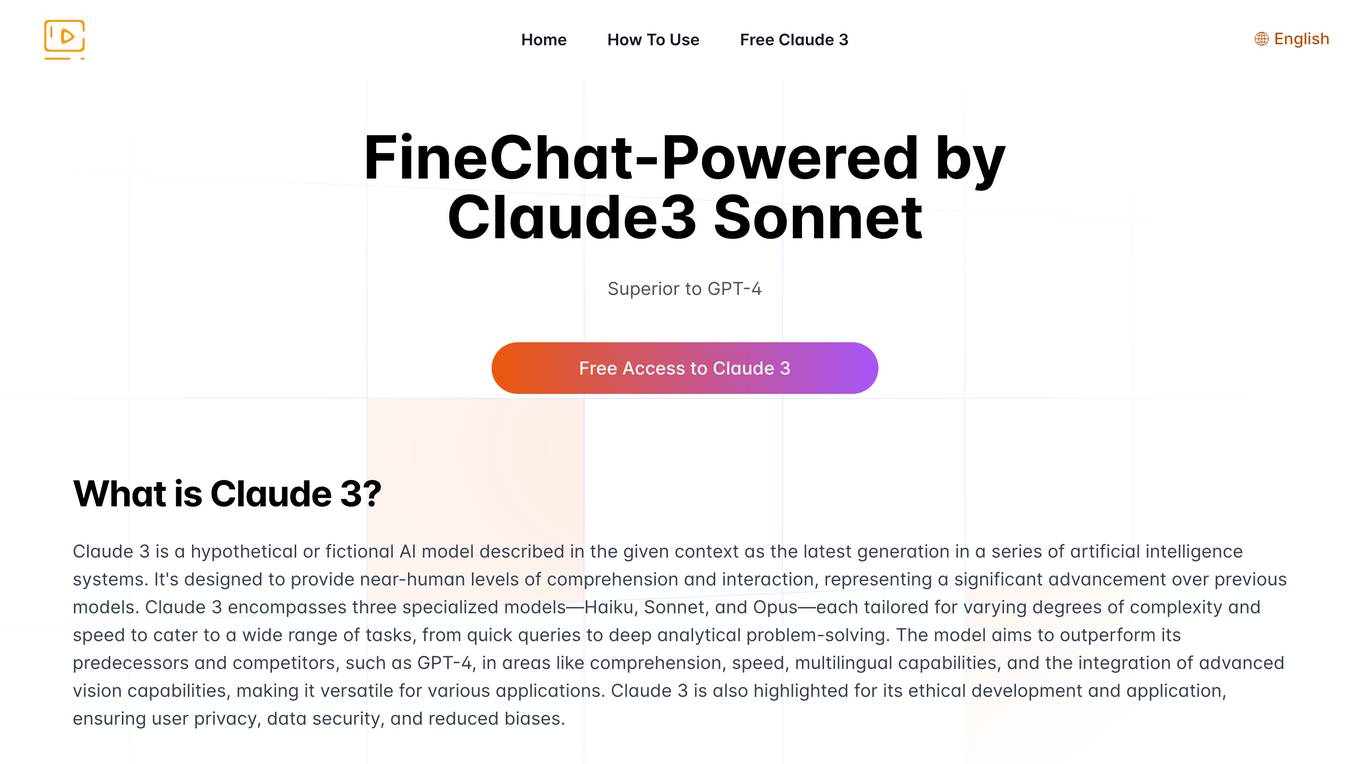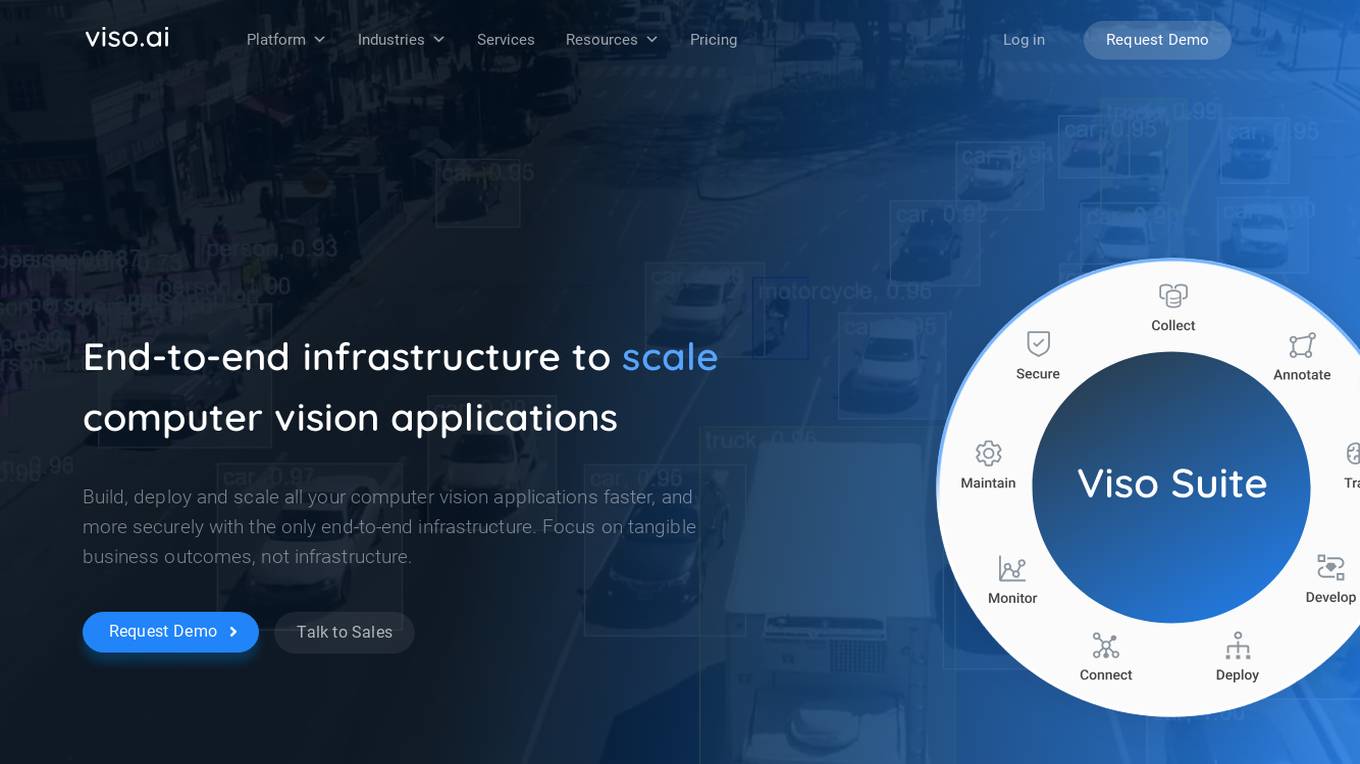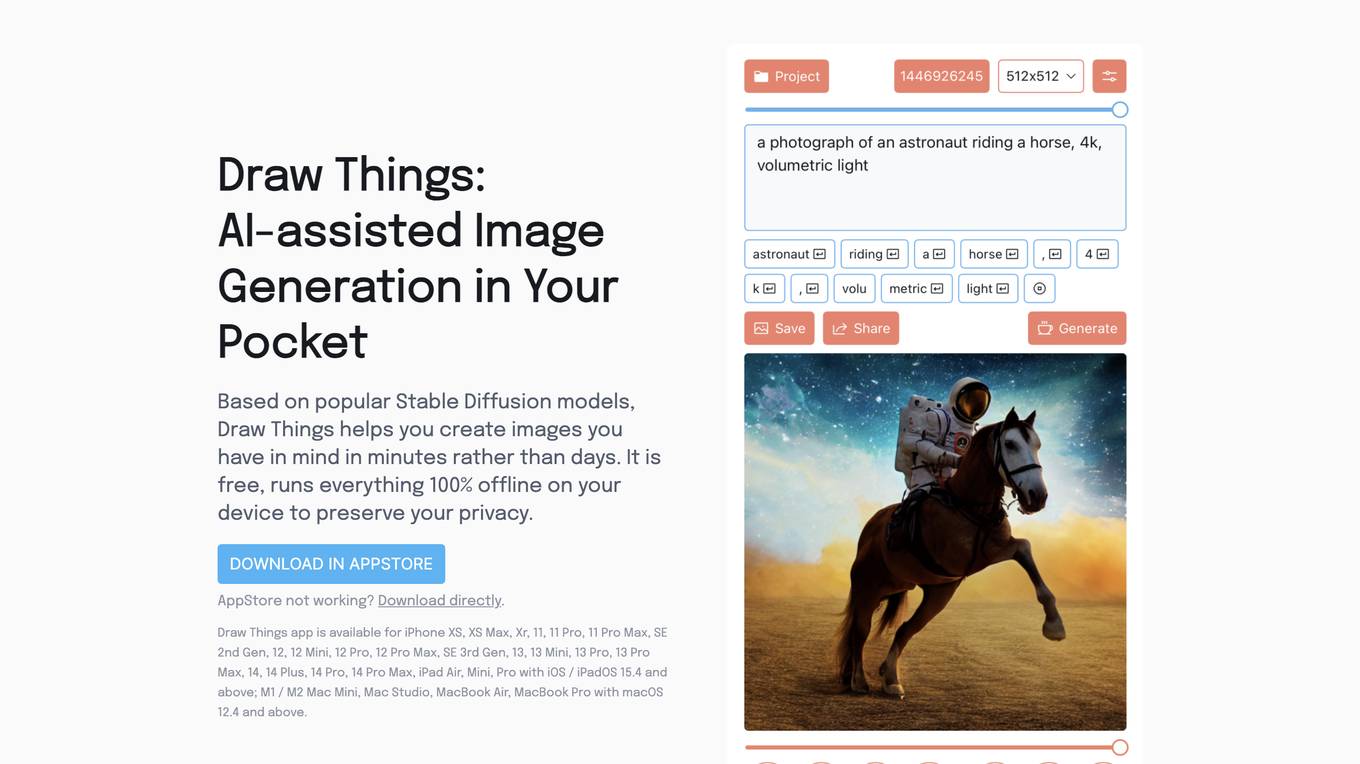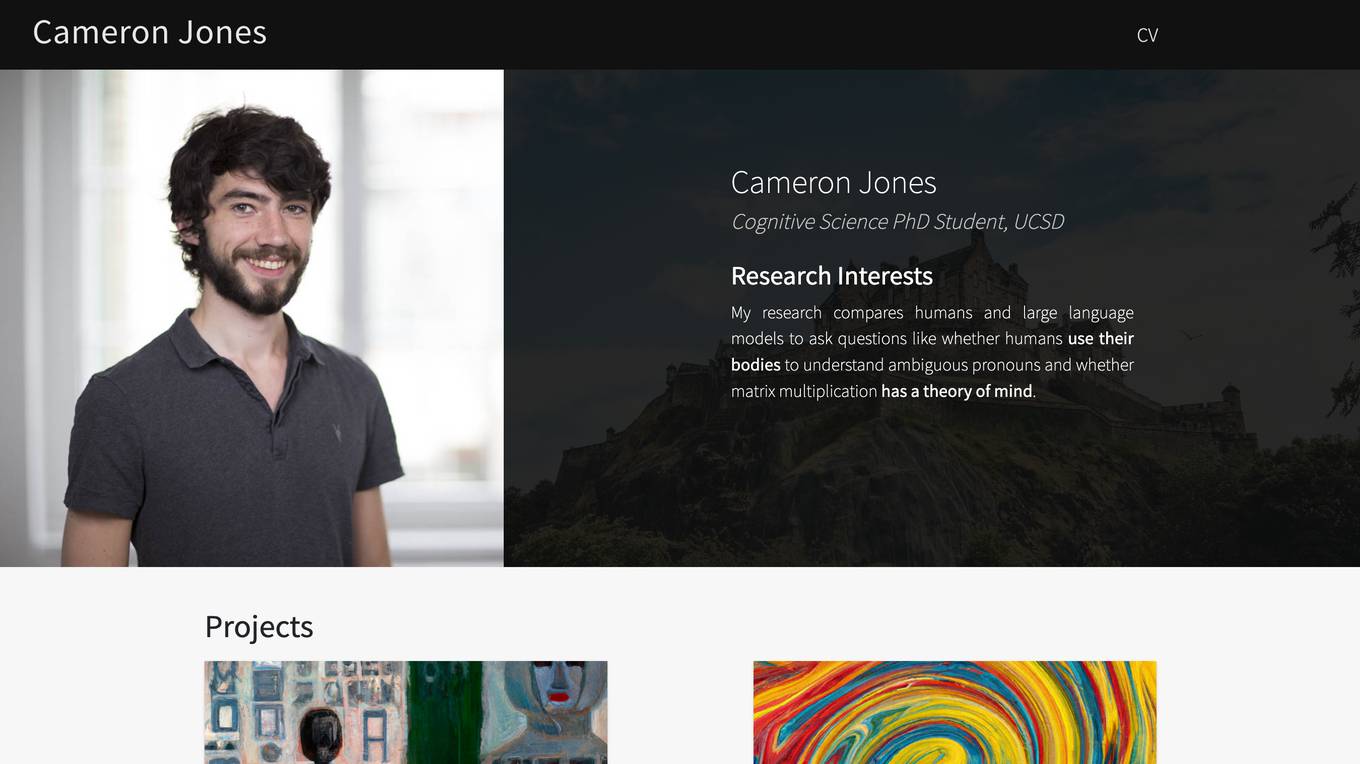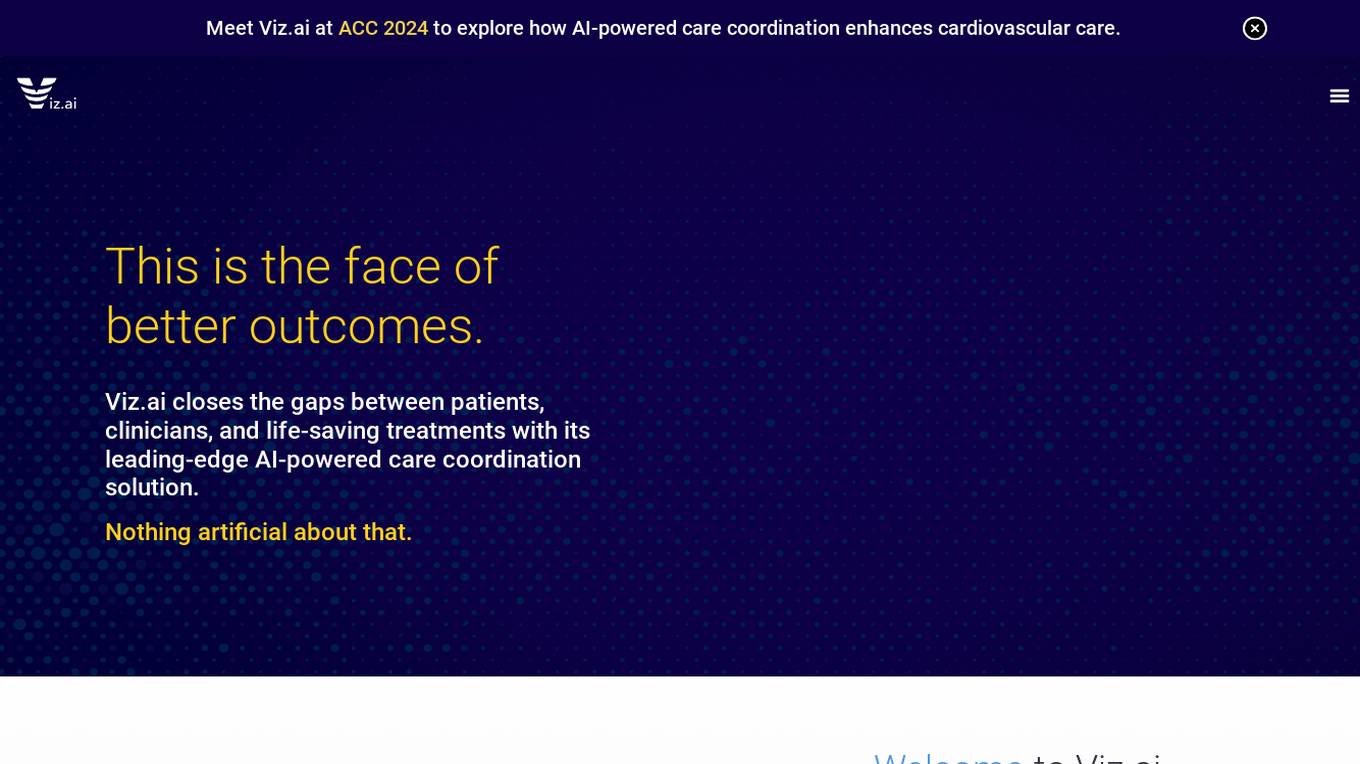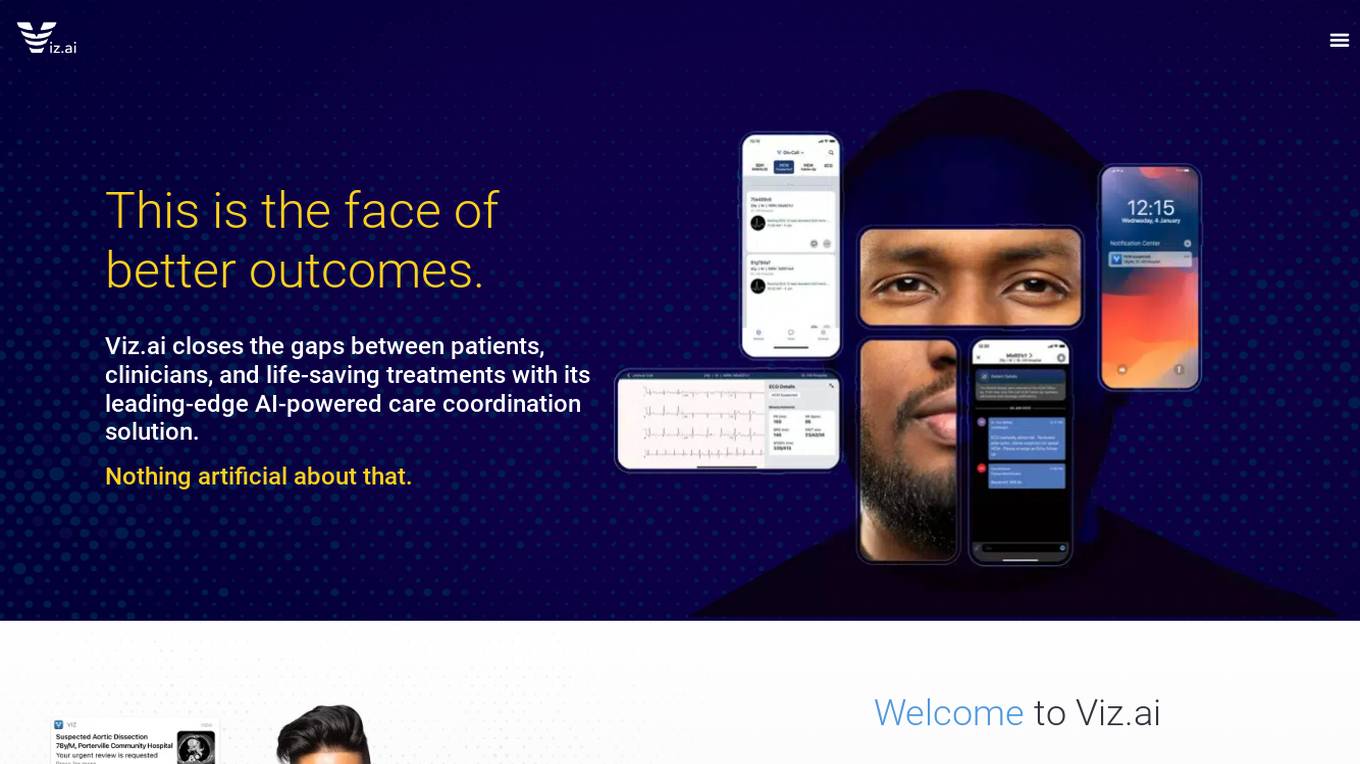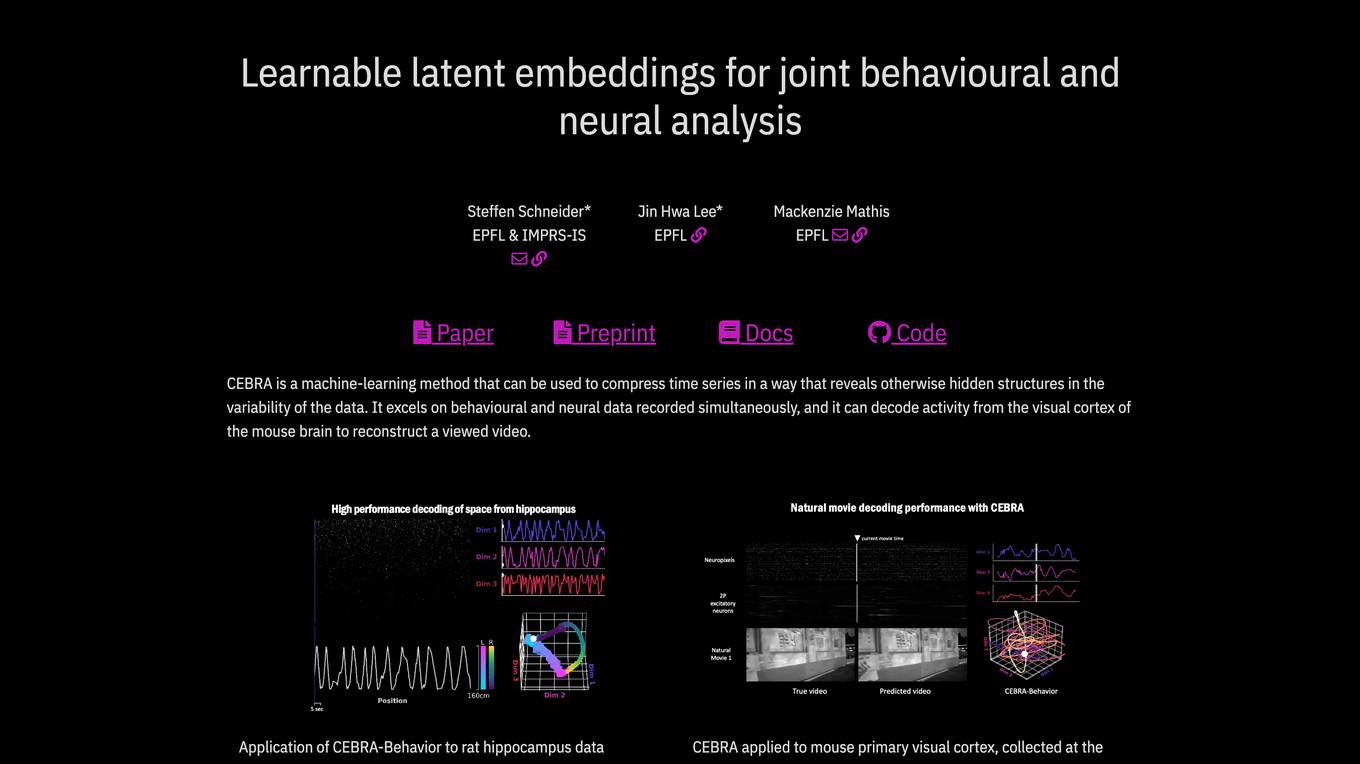Mind-Video
Cinematic Mindscapes: High-quality Video Reconstruction from Brain Activity
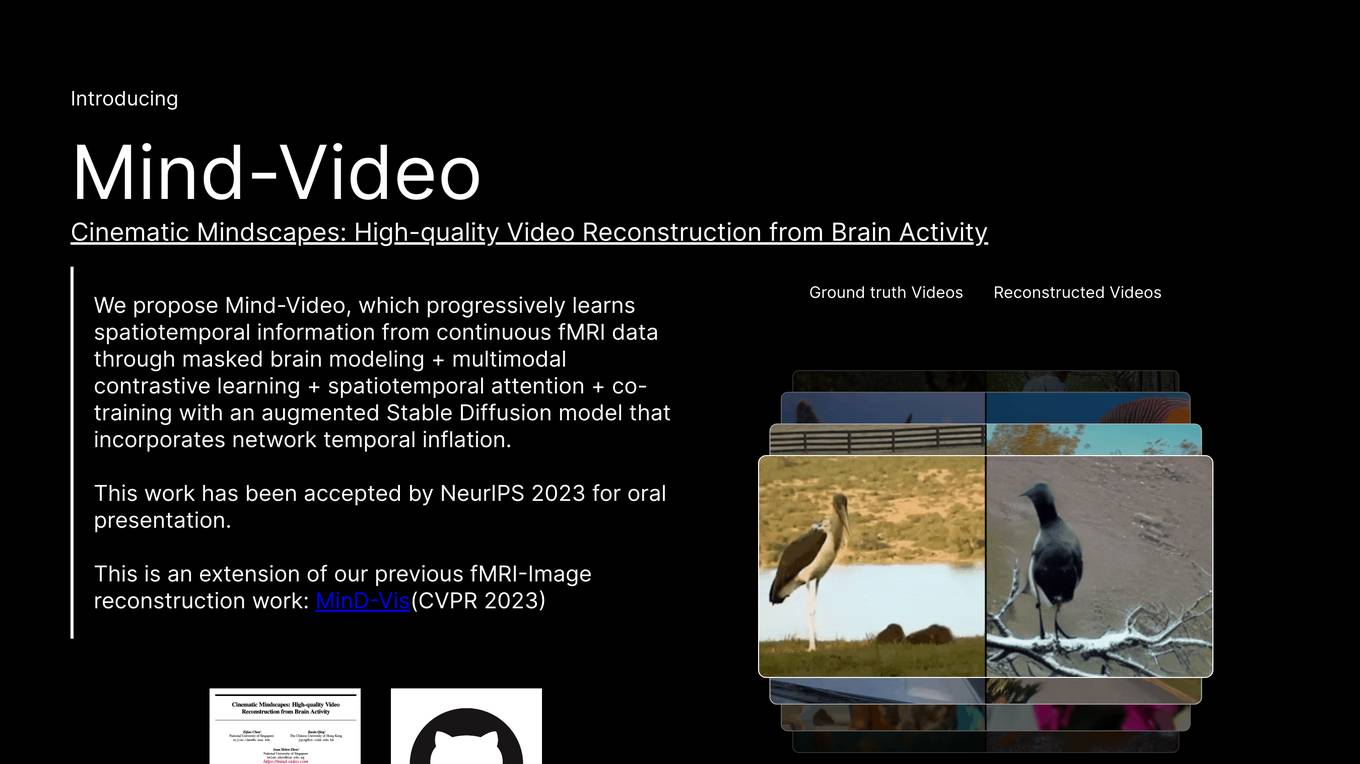
Description:
Mind-Video is a two-module pipeline designed to bridge the gap between image and video brain decoding. The first module is an fMRI encoder that learns brain features through multiple stages, including multimodal contrastive learning with spatiotemporal attention for windowed fMRI. The second module is an augmented stable diffusion model that is specifically tailored for video generation under fMRI guidance. Mind-Video has been shown to outperform previous state-of-the-art approaches in terms of semantic and pixel metrics, and its attention analysis has revealed mapping to the visual cortex and higher cognitive networks, suggesting that it is biologically plausible and interpretable.
For Tasks:
For Jobs:
Features
- Progressive learning scheme where the encoder learns brain features through multiple stages
- Multimodal contrastive learning with spatiotemporal attention for windowed fMRI
- Co-training with an augmented stable diffusion model for video generation
- High-quality video reconstruction with accurate semantics
- Biologically plausible and interpretable
Advantages
- Outperforms previous state-of-the-art approaches in terms of semantic and pixel metrics
- Attention analysis reveals mapping to the visual cortex and higher cognitive networks
- Can be used to study the neural basis of visual perception
- Has potential applications in brain-computer interface, neuroimaging, and neuroscience
Disadvantages
- Lack of pixel-level controllability
- Uncontrollable factors during the scan
- Requires a large amount of data to train
Frequently Asked Questions
-
Q:What is Mind-Video?
A:Mind-Video is a two-module pipeline designed to bridge the gap between image and video brain decoding. -
Q:How does Mind-Video work?
A:Mind-Video uses a progressive learning scheme where the encoder learns brain features through multiple stages, including multimodal contrastive learning with spatiotemporal attention for windowed fMRI. The learned features are then fine-tuned through co-training with an augmented stable diffusion model, which is specifically tailored for video generation under fMRI guidance. -
Q:What are the advantages of Mind-Video?
A:Mind-Video outperforms previous state-of-the-art approaches in terms of semantic and pixel metrics, and its attention analysis reveals mapping to the visual cortex and higher cognitive networks, suggesting that it is biologically plausible and interpretable. -
Q:What are the disadvantages of Mind-Video?
A:Mind-Video lacks pixel-level controllability, is susceptible to uncontrollable factors during the scan, and requires a large amount of data to train. -
Q:What are the potential applications of Mind-Video?
A:Mind-Video has potential applications in brain-computer interface, neuroimaging, and neuroscience.
Alternative AI tools for Mind-Video
Similar sites
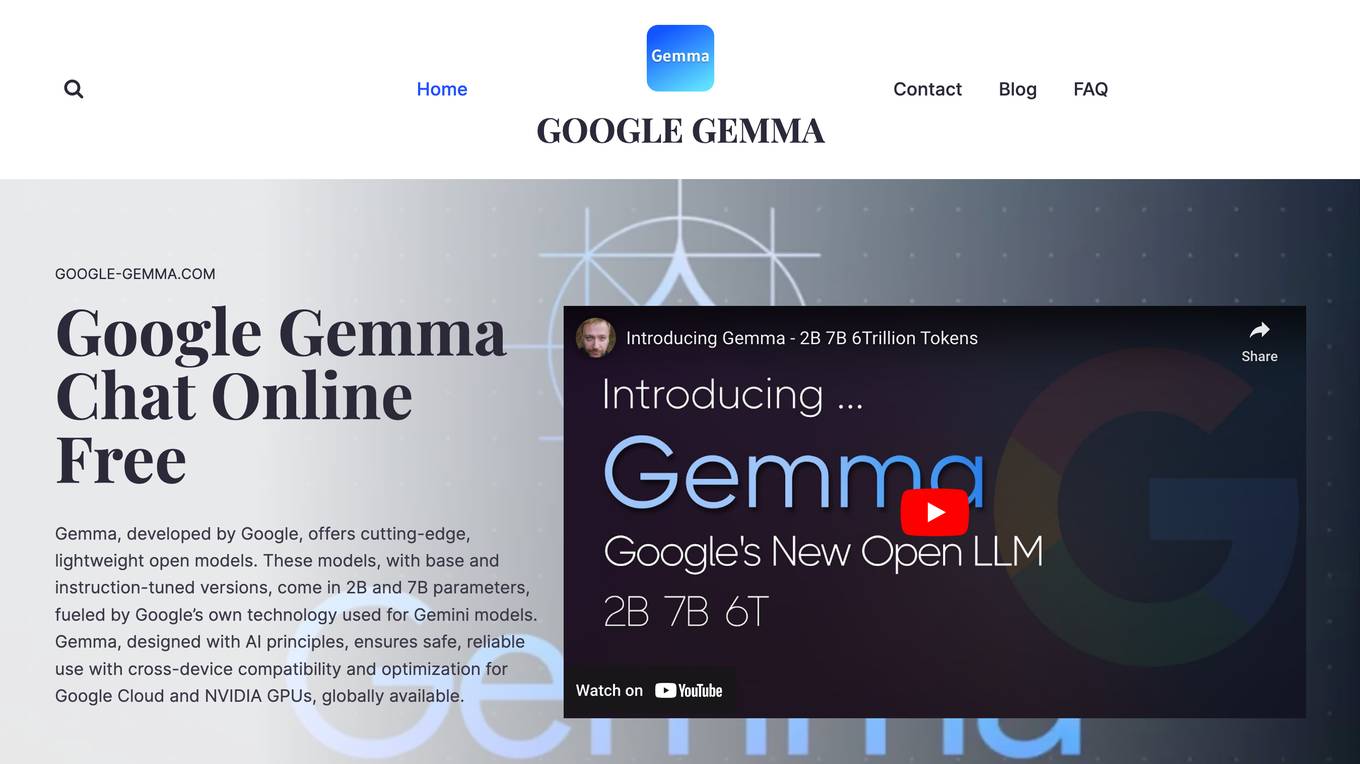
Google Gemma
Free Gemma, developed by Google, offers cutting-edge, lightweight open models.

